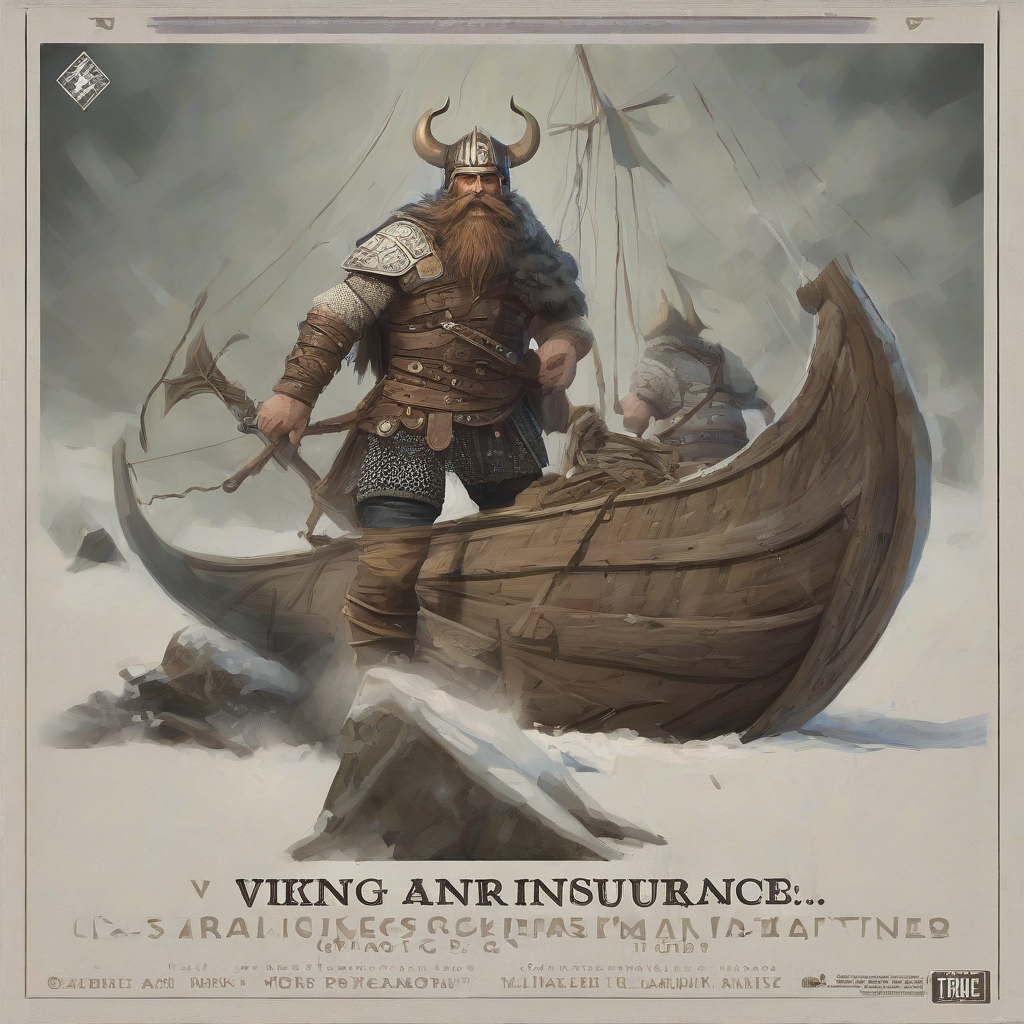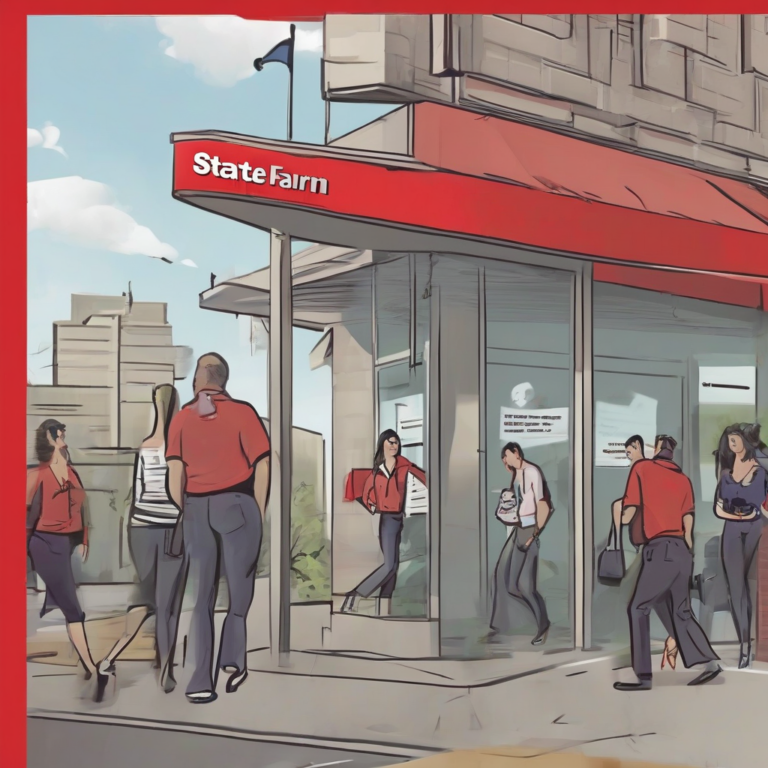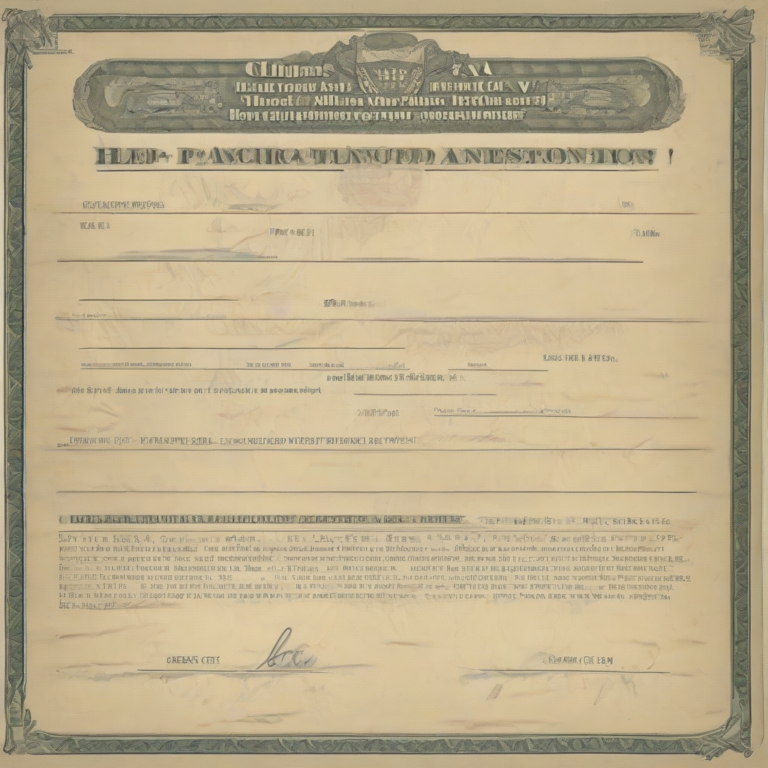Navigating the Complexities of Viking Insurance Claims: A Comprehensive Guide
Navigating the Complexities of Viking Insurance Claims: A Comprehensive Guide
Filing an insurance claim, regardless of the provider, can be a daunting process. Viking Insurance, while known for its offerings, presents its own unique set of considerations when it comes to claims. This guide aims to provide a thorough understanding of the Viking Insurance claims process, encompassing various claim types, documentation requirements, and potential challenges.
Understanding Viking Insurance’s Claim Process
The first step in successfully navigating a Viking Insurance claim is understanding their specific procedures. Unlike some insurers with streamlined online portals, Viking may require more traditional methods of communication, such as mail or phone calls. Their claims process generally involves these key stages:
- Initial Notification: Promptly reporting the incident is crucial. Contact Viking Insurance within the timeframe specified in your policy documents. This often involves a phone call to their dedicated claims line, followed by written notification via mail or email.
- Claim Form Completion: Viking Insurance will likely provide you with a claim form. Complete this form accurately and thoroughly, providing all requested information. Inaccurate or incomplete forms can significantly delay the process.
- Documentation Submission: Gathering and submitting the necessary supporting documentation is essential. This typically includes police reports (for accidents), medical records (for health claims), repair estimates (for property damage), and photographs of the damage.
- Claim Review and Investigation: Viking Insurance will review your claim and may conduct an investigation. This might involve contacting witnesses, inspecting the damaged property, or requesting further documentation.
- Settlement Offer: Once the investigation is complete, Viking Insurance will typically make a settlement offer. This offer might be accepted, rejected, or negotiated.
- Payment: Upon agreement on a settlement, payment will be processed according to the terms of your policy.
Common Types of Viking Insurance Claims
Viking Insurance likely offers a range of insurance products, leading to diverse claim types. Understanding the specifics of each claim type is vital for efficient processing.
Auto Insurance Claims
- Collision Claims: These claims cover damage to your vehicle resulting from a collision, regardless of fault. Documentation includes police reports, repair estimates, and photographs.
- Comprehensive Claims: These cover damage to your vehicle from events other than collisions, such as theft, vandalism, or natural disasters. Similar documentation to collision claims is required.
- Liability Claims: If you are at fault in an accident, liability claims cover the damages to the other party’s vehicle and any injuries sustained.
- Uninsured/Underinsured Motorist Claims: If you are involved in an accident with an uninsured or underinsured driver, this coverage protects you.
Homeowners/Renters Insurance Claims
- Property Damage Claims: These cover damage to your home or belongings from events such as fire, theft, or weather-related incidents. Documentation includes photographs, repair estimates, and possibly police reports.
- Liability Claims: If someone is injured on your property, liability coverage protects you from lawsuits.
Health Insurance Claims
- Medical Expense Claims: These cover medical expenses incurred due to illness or injury. Thorough medical records are crucial for processing these claims.
Documentation Requirements for Viking Insurance Claims
Accurate and comprehensive documentation is paramount for a smooth claims process. The specific requirements may vary depending on the type of claim, but generally include:
- Claim Form: Complete and accurate completion of Viking’s claim form is essential.
- Police Report (if applicable): For accidents or incidents involving theft or vandalism, a police report is often necessary.
- Medical Records (if applicable): For health insurance claims, detailed medical records are critical.
- Repair Estimates: For property damage claims, multiple estimates from reputable repair services are recommended.
- Photographs: High-quality photographs of the damage are essential for documenting the extent of the loss.
- Witness Statements (if applicable): If witnesses were present, their statements can significantly strengthen your claim.
- Policy Documents: Keep your policy documents readily available for reference.
Potential Challenges and How to Overcome Them
Filing a claim with Viking Insurance may present certain challenges. Understanding these potential hurdles and how to address them is crucial.
- Claim Delays: Delays can occur due to various factors, including incomplete documentation, complex investigations, or high claim volume. Proactive communication with Viking Insurance and ensuring all necessary documentation is submitted promptly can mitigate delays.
- Claim Denials: Claims can be denied for various reasons, including insufficient evidence, policy exclusions, or failure to meet reporting deadlines. If your claim is denied, carefully review the denial letter and understand the reasons. You may have grounds for appeal.
- Communication Barriers: Effective communication with Viking Insurance is crucial. Keep detailed records of all communications, including dates, times, and the names of individuals you spoke with.
- Negotiating Settlements: You may need to negotiate the settlement offer from Viking Insurance. Be prepared to justify your claims with evidence and be firm but respectful in your negotiations.
Tips for a Successful Viking Insurance Claim
- Report the incident promptly: Timely reporting is crucial for initiating the claims process.
- Gather all necessary documentation: Ensure you have all the required documents before submitting your claim.
- Complete the claim form accurately: Inaccurate information can lead to delays or denials.
- Maintain clear and thorough communication: Keep detailed records of all communications with Viking Insurance.
- Seek professional assistance if needed: Consider consulting with a public adjuster if you encounter significant difficulties.
- Understand your policy: Familiarize yourself with the terms and conditions of your Viking Insurance policy.
- Keep copies of all documents: Retain copies of all documents submitted to Viking Insurance.
Contacting Viking Insurance
Finding the appropriate contact information for Viking Insurance is vital. Their website should have a dedicated claims section with contact numbers, email addresses, and mailing addresses. Utilize the preferred method of contact specified in your policy documents.






